BIRDS
20 Things You Never Knew About Pelicans – Nature’s Fishing Pros!
Published
1 month agoon
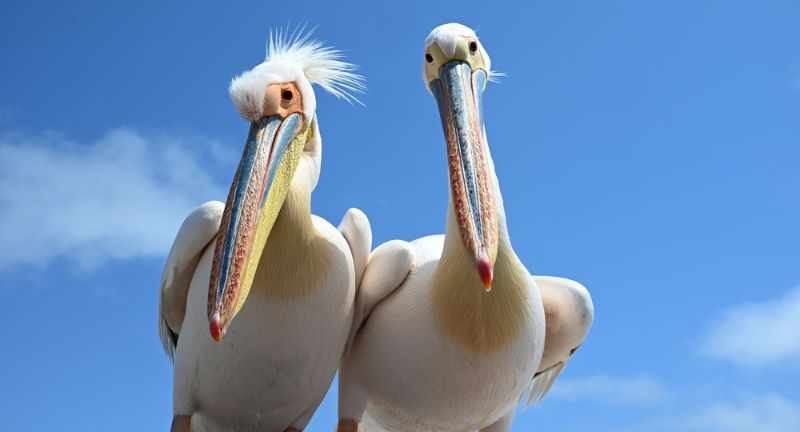
Shutterstock
Pelicans are among the most distinctive and fascinating birds in the world, easily recognized by their long beaks and enormous throat pouches. These incredible seabirds have been around for millions of years, evolving unique adaptations that make them expert fishers and efficient flyers. From their cooperative hunting techniques to their surprising aggression, pelicans exhibit a wide range of behaviors that make them stand out in the avian world. Some species prefer freshwater lakes, while others thrive along ocean coastlines, showcasing their adaptability to different environments. Whether diving from great heights or gliding effortlessly over water, pelicans continue to amaze bird lovers and wildlife enthusiasts alike.
Pelicans Have a Massive Wingspan
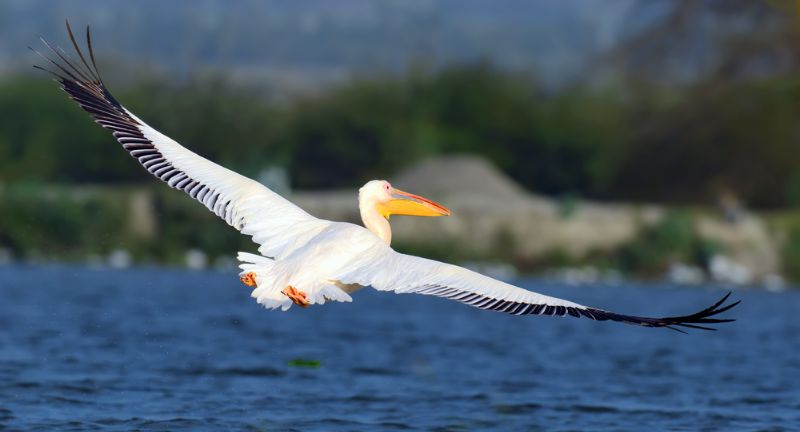
Shutterstock
Pelicans are known for their impressive wingspan, with some species reaching up to 12 feet (3.6 meters). This makes them one of the largest flying birds in the world. Their broad wings allow them to glide effortlessly over long distances, conserving energy as they search for food. With such a large wingspan, pelicans are powerful fliers, often seen soaring gracefully over oceans and lakes.
Their Beaks Are Among the Largest in the Bird World
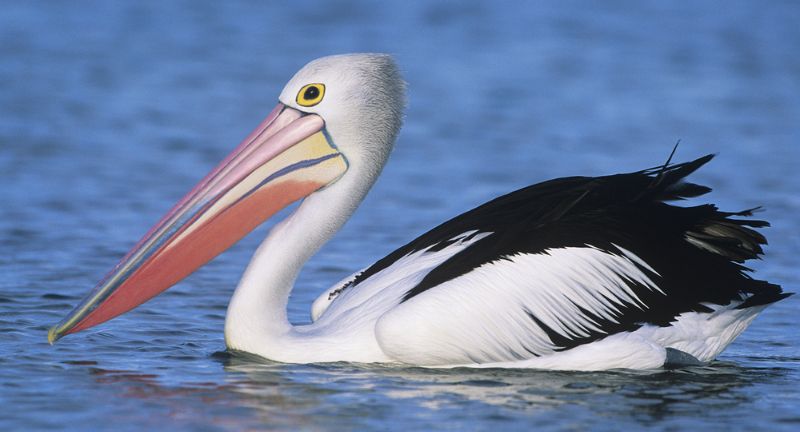
Shutterstock
Pelicans have incredibly long beaks, with the Australian Pelican holding the record for the longest at 18.5 inches (47 cm). This enormous beak is perfectly adapted for catching fish, scooping up large quantities in one motion. The lower mandible is flexible, expanding to accommodate water and prey before being drained. This feature makes pelicans some of the most efficient fishers in the bird kingdom.
That Famous Pouch Isn’t for Storing Fish
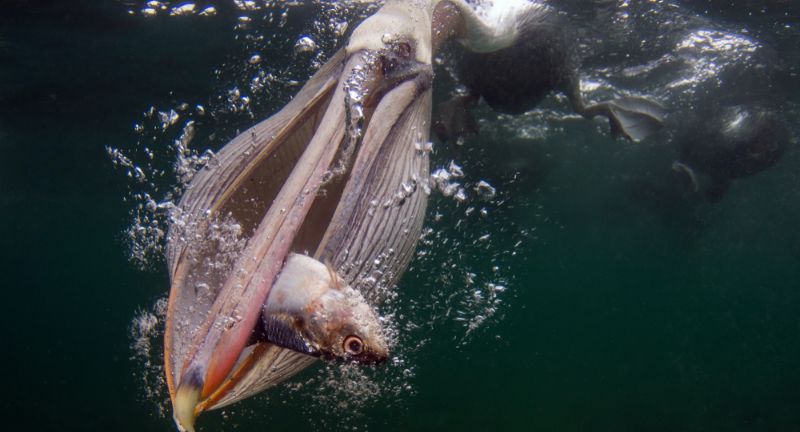
Shutterstock
Many people mistakenly believe that pelicans store fish in their throat pouch. In reality, the pouch acts as a net to scoop up fish and water, which is then drained before swallowing. The flexible skin of the pouch allows it to expand significantly, helping pelicans catch multiple fish at once. This adaptation enables them to consume large meals quickly before other birds try to steal their food.
Pelicans Can Hold More in Their Pouch Than Their Stomachs
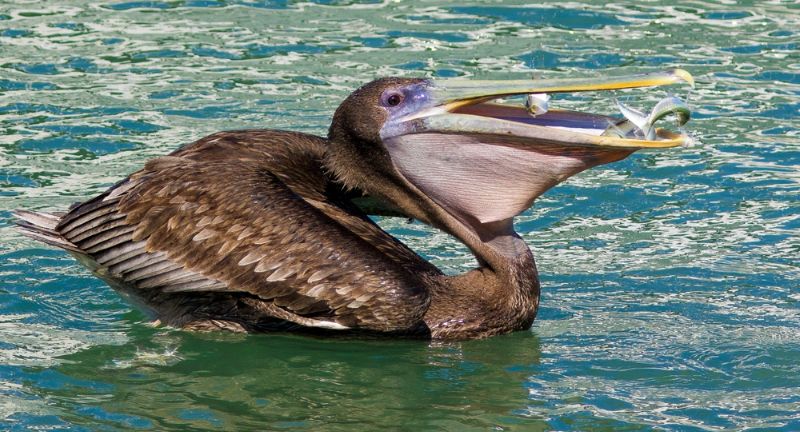
Shutterstock
A pelican’s pouch can hold around three gallons (11 liters) of water, significantly more than its stomach capacity of one gallon (3.8 liters). This means they can catch a large amount of food in a single scoop before consuming it in smaller portions. The ability to drain excess water before swallowing ensures that they only ingest what they need. This efficient feeding method gives them an advantage over other fish-eating birds.
There Are 8 Different Species of Pelicans
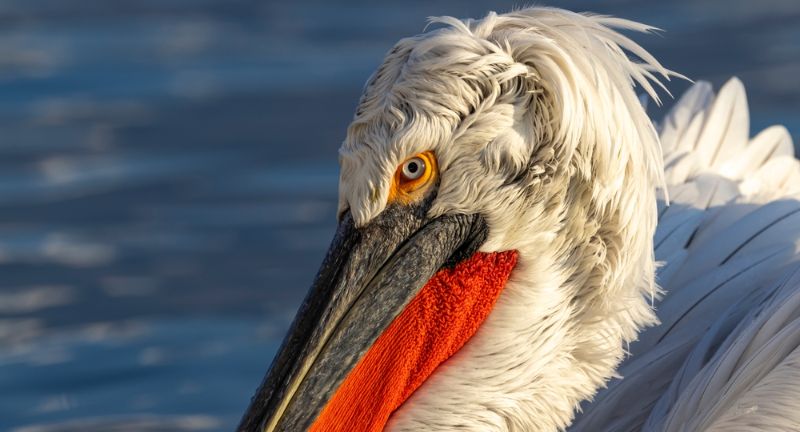
Shutterstock
Pelicans are a diverse group with eight different species found across the world. They inhabit a variety of environments, including coastal waters, freshwater lakes, and rivers. Despite their widespread distribution, no pelican species are found in Antarctica. Each species has unique characteristics, such as the Dalmatian Pelican’s curly head feathers or the Brown Pelican’s dramatic diving technique.
They Work Together to Catch Food

Shutterstock
Unlike many solitary hunting birds, pelicans often work in groups to catch fish. They coordinate by forming a semi-circle and herding fish into shallow water, making them easier to catch. This teamwork increases their hunting success and reduces energy expenditure. Their cooperative strategy is a key reason why they thrive in various aquatic environments.
Brown Pelicans Are the Only Ones That Dive for Their Food
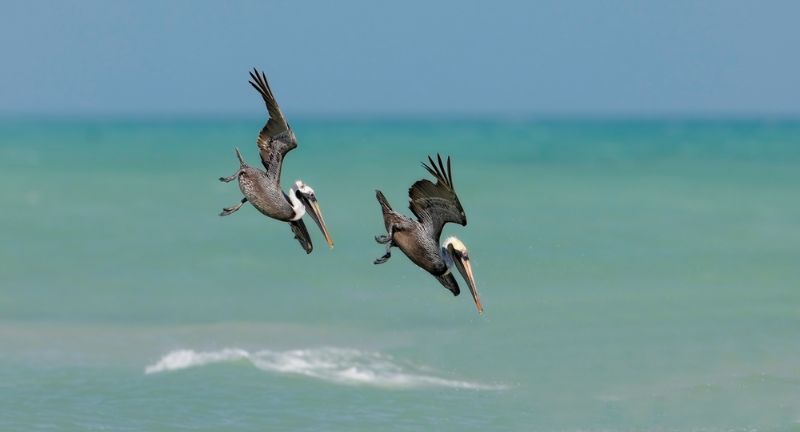
Shutterstock
While most pelicans scoop up fish while swimming, the Brown Pelican has a unique hunting technique. It performs spectacular plunge-dives from heights of up to 60 feet (18 meters) to catch fish near the surface. Upon impact, its beak opens to trap prey while excess water drains out. This dramatic feeding style is an impressive sight and helps them capture agile fish.
Their Pouches Change Color During Mating Season

Shutterstock
During mating season, many pelican species develop brightly colored pouches in shades of red, orange, or blue. This color change serves as a visual signal to attract potential mates. Males often display their pouches prominently, showing off their vibrancy to impress females. Once the season ends, the colors fade back to their usual muted tones.
They Have Air Sacs Beneath Their Skin
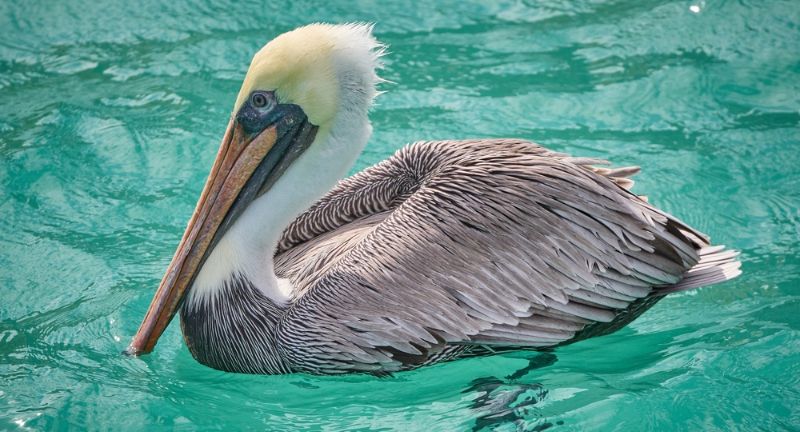
Shutterstock
Pelicans have specialized air sacs beneath their skin and in their bones, which serve multiple functions. These sacs help them stay buoyant in the water, reducing energy use while floating. They also act as shock absorbers when Brown Pelicans dive from great heights. This adaptation makes them both efficient swimmers and resilient hunters.
Pelicans Can Fly Long Distances
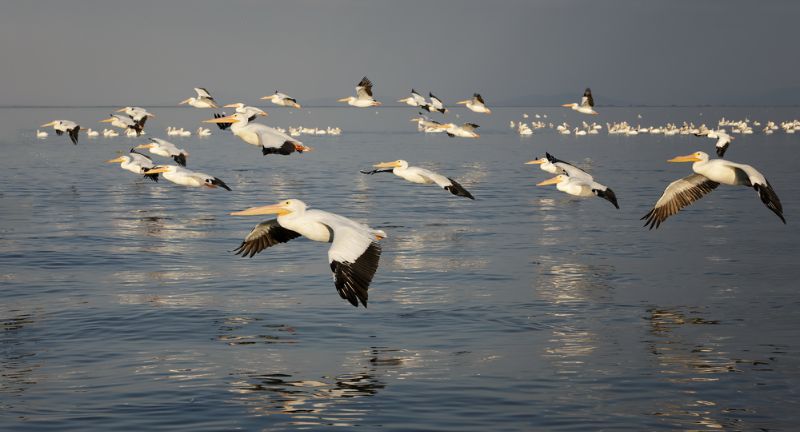
Shutterstock
Some pelican species, such as the American White Pelican, undertake long migrations spanning thousands of miles. They travel from Canada and northern U.S. states to warmer wintering grounds in the Gulf of Mexico. These birds rely on thermals—rising warm air currents—to glide for long distances with minimal effort. This migratory behavior allows them to follow food sources and avoid harsh winters.
They Can Eat a Lot in One Meal
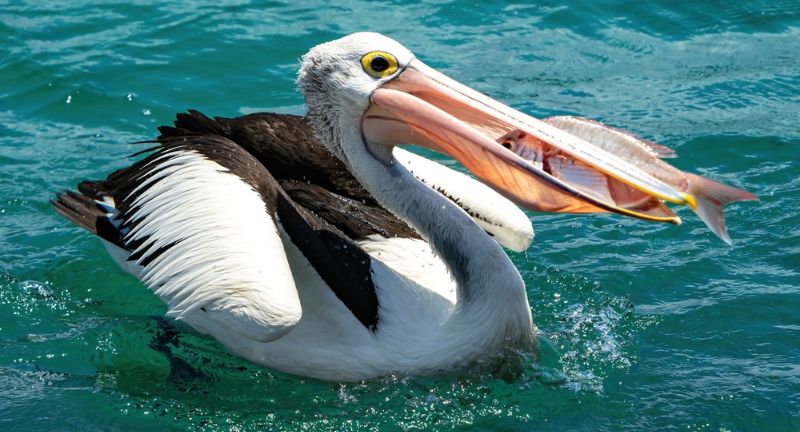
Shutterstock
A pelican can consume up to four pounds (1.8 kg) of fish in one sitting. This ability allows them to store enough energy, especially when food is scarce. Their expandable throat pouch helps them catch multiple fish at once, making it easier to meet their daily food needs. Despite their large meals, they digest food quickly to stay agile and active.
Pelicans Have Been Around for Over 30 Million Years

Shutterstock
Fossil evidence suggests that pelicans have existed for at least 30 to 40 million years. Their ancient lineage means they have survived massive environmental changes over time. The overall structure of modern pelicans remains remarkably similar to their prehistoric ancestors. This long evolutionary history highlights their successful adaptations to aquatic life.
They Sometimes Steal Food
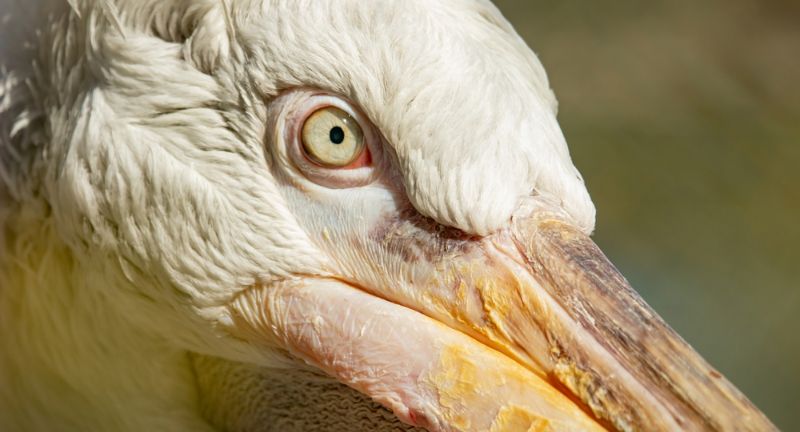
Shutterstock
Pelicans are known to engage in kleptoparasitism, meaning they steal food from other birds. They often harass seagulls, cormorants, and even other pelicans to snatch an easy meal. In some cases, they will wait for another bird to catch fish and then aggressively take it. This opportunistic behavior helps them conserve energy while ensuring they get enough food.
Their Beaks Are Self-Cleaning
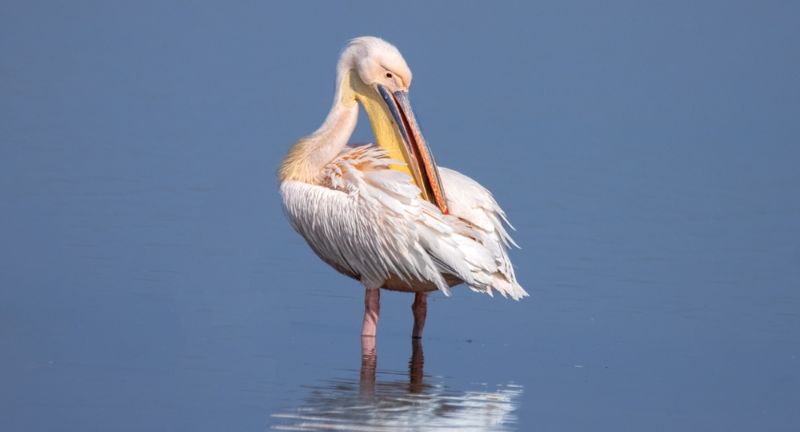
Shutterstock
Pelicans have a special oil gland near their tails that helps them keep their feathers and beaks clean. They use their beaks to spread this oil over their feathers, making them waterproof. This prevents them from becoming waterlogged while floating and fishing. The self-cleaning ability ensures they stay buoyant and maintain their hunting efficiency.
Some Species Can Live in Freshwater
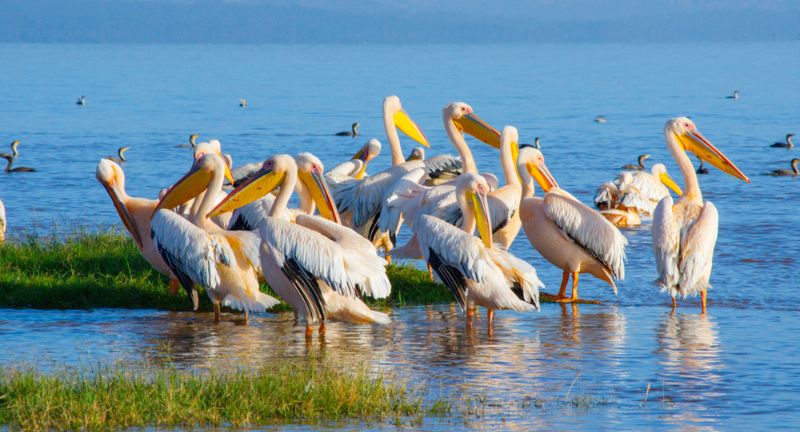
Shutterstock
Although pelicans are often associated with oceans and coastal waters, some species thrive in freshwater environments. The American White Pelican, for example, prefers lakes, rivers, and reservoirs. Freshwater habitats provide abundant food and fewer predators compared to saltwater areas. This adaptability allows pelicans to survive in a variety of ecosystems around the world.
Pelican Chicks Beg for Food by Grabbing Their Parent’s Beak
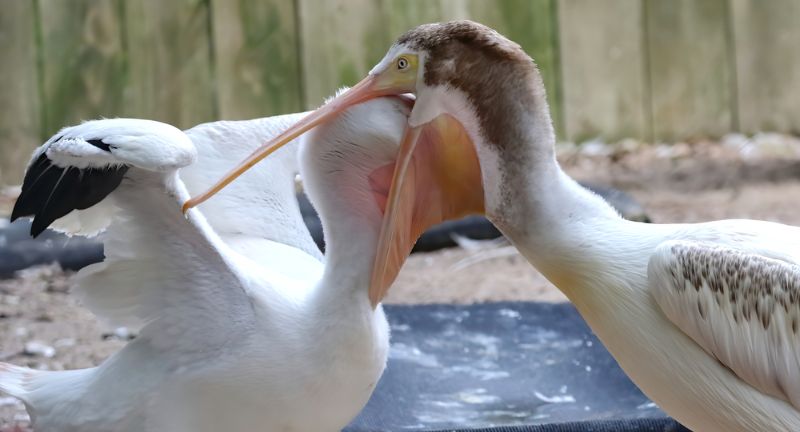
Shutterstock
Young pelicans are entirely dependent on their parents for food in their early weeks. Chicks beg for food by poking and grabbing at the adult’s beak. The parent responds by regurgitating partially digested fish, which the chick eagerly consumes. This feeding process continues until the chicks are mature enough to hunt for themselves.
They Can Be Surprisingly Aggressive
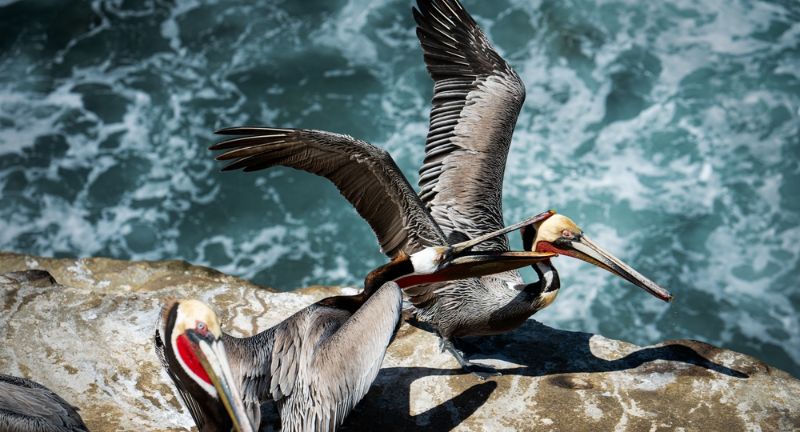
Shutterstock
Despite their calm appearance, pelicans can be quite aggressive when defending their food or territory. They use their large beaks to intimidate and sometimes attack rivals. In some cases, pelicans have been observed swallowing smaller birds, including pigeons and seagulls. This unexpected behavior demonstrates their opportunistic nature in securing food.
Pelicans Are Featured in Mythology and Religion
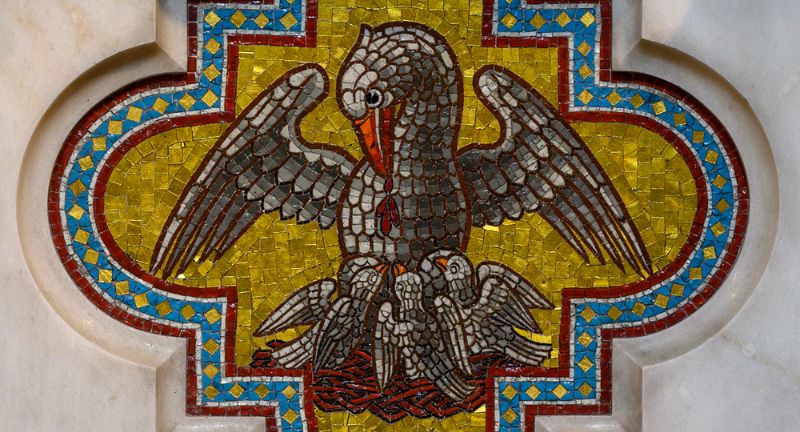
Shutterstock
Pelicans have long been symbols in mythology and religion, often representing self-sacrifice and nurturing. In Christian symbolism, pelicans were believed to wound themselves to feed their young with their own blood, symbolizing Jesus Christ’s sacrifice. Ancient Egyptians also depicted pelicans in artwork as protective spirits. These legends have contributed to the bird’s cultural significance throughout history.
They Can Live Over 25 Years in the Wild
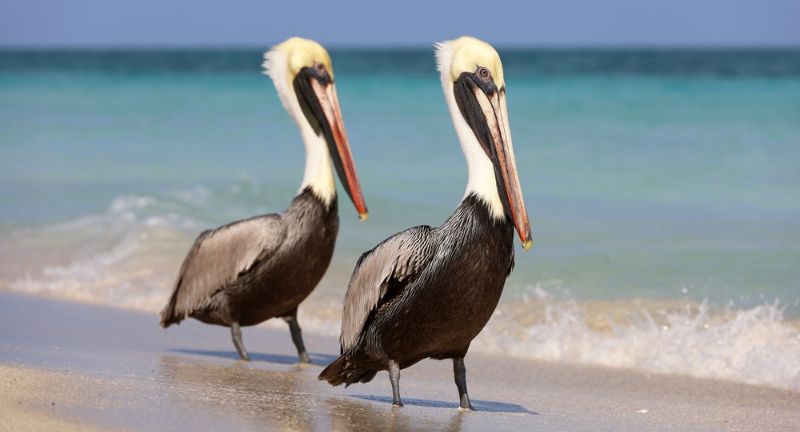
Shutterstock
Pelicans are relatively long-lived birds, with some individuals surviving up to 25 years in the wild. The oldest recorded pelican lived to be 43 years old. Their longevity is attributed to their adaptability, effective hunting skills, and few natural predators. In captivity, where they are protected from environmental hazards, they can live even longer.
They Are a Conservation Success Story
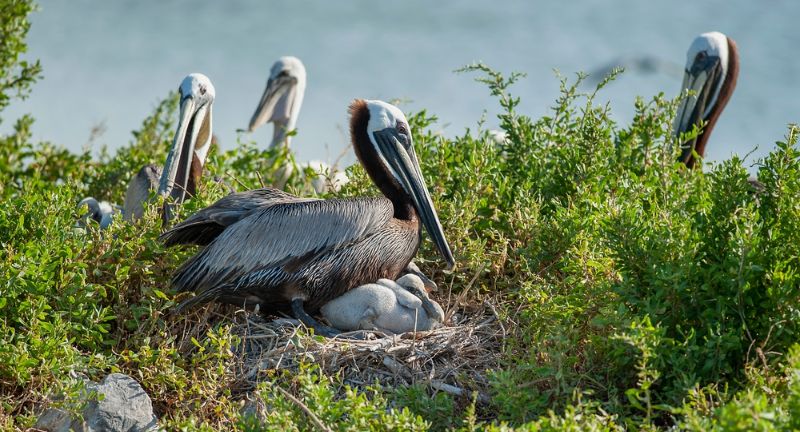
Shutterstock
Pelicans, especially the Brown Pelican, were once severely threatened by pesticide pollution, particularly from DDT. Their populations declined drastically, leading them to be listed as endangered in many regions. Thanks to conservation efforts, habitat protections, and the banning of harmful pesticides, Brown Pelicans made a remarkable recovery. In 2009, they were officially removed from the U.S. Endangered Species List, marking a major victory for conservationists.
Conclusion

Shutterstock
Pelicans are truly remarkable birds, combining grace, intelligence, and adaptability in ways that continue to captivate nature enthusiasts. Their ability to thrive in both coastal and freshwater environments, along with their unique hunting techniques, sets them apart from many other bird species. While they have faced challenges in the past, conservation efforts have helped restore their populations, ensuring future generations can admire these incredible creatures. Whether soaring over the ocean or diving for fish, pelicans demonstrate nature’s perfect blend of beauty and functionality. Their story is a testament to the resilience of wildlife and the importance of preserving their habitats.
More Amazing Animals+
-
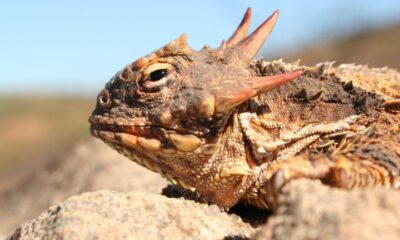

24 Animals That Have The Strangest Defense Mechanisms
-
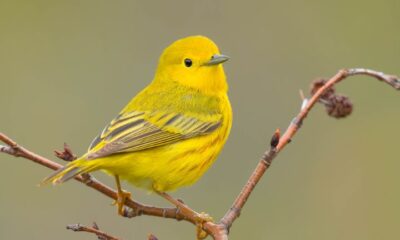

25 Birds That Migrate For Winter
-
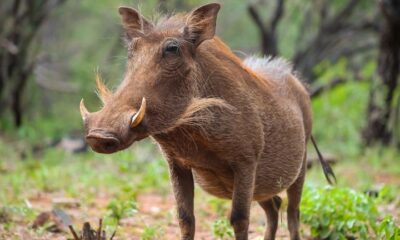

22 Disney Characters As Real Life Animals
-


25 Mythical And Misunderstood Animals
-
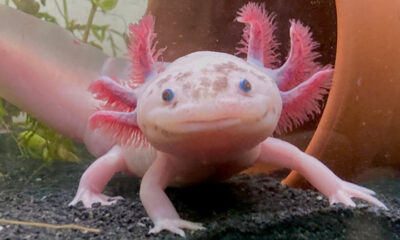

30 Rarest Animal From Around The World
-
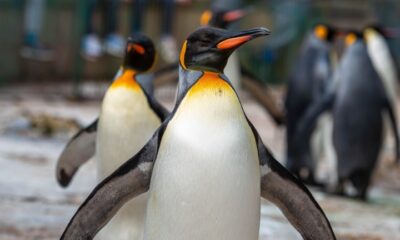

Why We Love Penguins
-
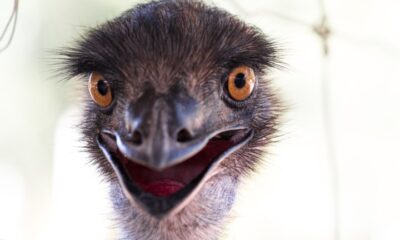

Why Your Going To Want To Know More About Emus
-
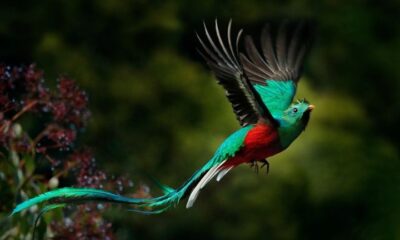

30 Most Beautiful Birds In North America
-
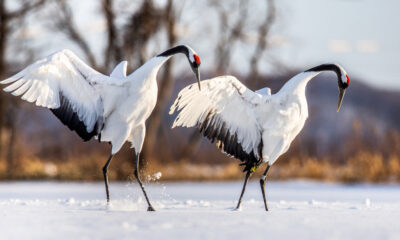

Cranes Are More Interesting Then You May Think, Here Is…
-
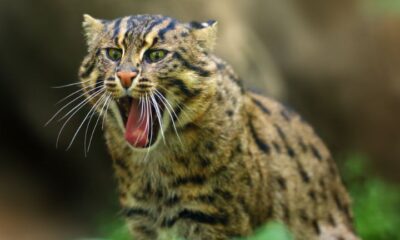

27 Animals With The Most Elaborate Hunting Strategies
-


26 Animals That Have The Cutest Babies
-
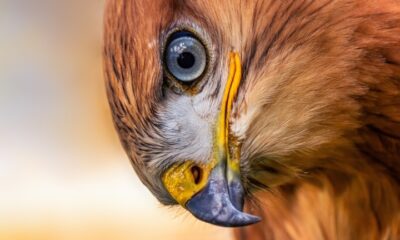

Hawk Yeah! 26 Facts About The Best Birds
